Updated: 14-Oct-2020
A section of this North American organization, which activities were mainly related to space flights, was dedicated to the study of propulsion systems with atmospheric engines, not manufacturing them but promoting and sponsoring the traditional constructors (Allison, Garrett, CAE, Williams ...) to achieve quiet and clean engines, (for example GATE and QCGATE programs).
-Also in the 1970's, in collaboration with the NAVY, they treated consumable reactors (Ordnance) of 600 lbf, with axial compressor, annular combustion chamber, single-stage turbine. See NERVA.
From Appendix 7: Regarding Prometheus, this was another project that studied the use of nuclear energy for long-duration space travel.
-It was based on the Nerva project (see), and was canceled in 1972. It used a nuclear reactor to heat the hydrogen, as we see in the diagram below.
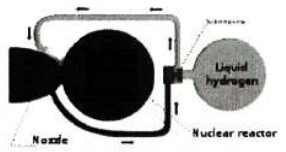
"Prometheus Project"
From Appendix 9: There is a program for traveling faster through space with fusion engines, such as the one being studied in collaboration with the University of Washington.

“Nuclear-fusion powered space ship"
-Practical studies are being carried out. According to the text in which it was announced that it involves compressing a plasma core inside a magnetic body made up of three lithium rings. In other words, a controlled nuclear fusion.
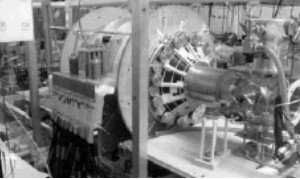
"Tests of this type of engine"
From Appendix 10: The MC-1 engine, also called Fastrac 60K, was developed at NASA for the X-34 demonstrator vehicle.
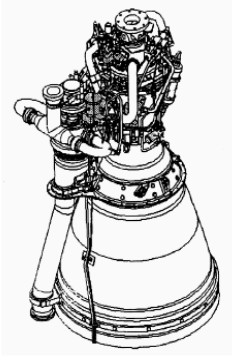
“MC-1 Fastrac”
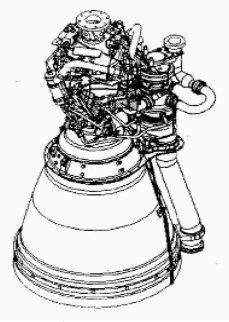
"MC-1, seen from the other side"
-It uses RP-1 and LOX fuel. For the turbo-pumps it has a gas generator that runs on the same fuels.
-The thrust is stipulated at 60,000 lbf in vacuum and the nozzle has an area ratio of 15 to 1.
-Nasa did the Rover/Nerva program between 1955 and 1972 for the development of nuclear rocket engines. The Kiwi, NRX, Phoebus, Pewee, Prime and Nerva were the most important ones.

“Three Pewee models”
-The Pewees are due to Rockwell and Westinghouse.
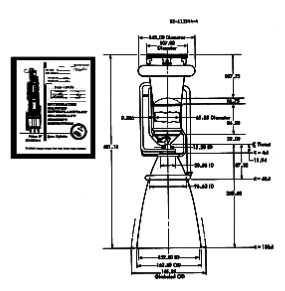
“Nerva engine” (Declassified)
-Nasa has programs for the development of more efficient engines. We mention the case of the diesel-type general-aviation engine with four horizontally-opposed cylinders. They are made by Continental (see).

“Nasa / Continental GAP, Diesel”
-Another project that has taken shape is the FJX-2 turbofan.
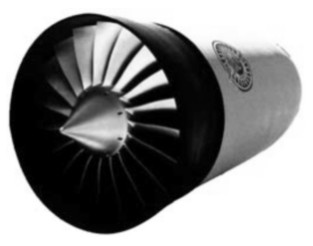
“NASA / Williams FJX-2”
Engines of NASA
Model: FJX-2 turbofan
Arquitecture: Turbofan
Compressor/s:
Combustion chambers:
Turbines:
Power / Thrust:
Weight:

"NASA / Williams FJX-2"
Model: GAP diesel
Arquitecture: 4-cylinder Horizontally opposed
Cooling:
Total Displacement:
Bore / Stroke:
Power:
Weight:

"Nasa / Continental GAP, Diesel"


